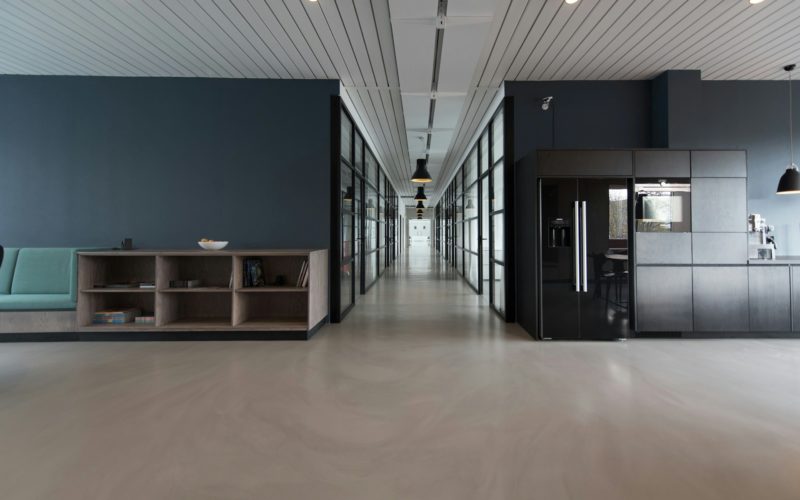Personalization in employee onboarding and development is the process of customizing experiences to meet individual needs, preferences, and goals. From customized training plans to meaningful introductions to the team, personalization reflects a company’s value of its employees.
Personalizing your onboarding and development programs can help employees feel seen and appreciated while giving them the tools they need to grow with your company.
The Importance of Personalization
Employees expect personalized experiences that cater to their individual needs and aspirations, and rightfully so. A one-size-fits-all approach no longer aligns with the diverse expectations of a modern workforce. Employees want to feel seen and valued as individuals, with companies acknowledging their unique skills, career goals, and personal circumstances. This includes everything from tailored onboarding processes to development opportunities that reflect their strengths and aspirations. Meeting these expectations helps build trust and loyalty and sets the stage for long-term success.
Making onboarding processes unique to each employee can significantly enhance morale and engagement. For instance, personalized training and onboarding programs and clear communication channels can make new hires feel valued and understood. This approach can boost employee confidence and encourage a sense of belonging within the organization.
Furthermore, organizations that invest in effective employee development tend to have more engaged and productive employees. In a BambooHR survey, 89% of employees contributed their engagement with their jobs to an excellent onboarding experience and were 30 times as likely to be satisfied with their jobs compared to employees who didn’t have similar onboarding experiences.
Strategies for Personalizing Employee Onboarding
Personalizing onboarding can leave a powerful, lasting impression on new employees and set the tone for a positive experience at your company. When your organization goes the extra mile — customizing onboarding plans, sending thoughtful welcome gifts, or tailoring communication styles — it will create an environment that feels both supportive and engaging from day one.
From the moment someone accepts a job offer, they want to feel like they belong. A simple but meaningful touch, like a personalized welcome email from the CEO or a mentor, can set the right tone. Including links to key resources for professional growth, outlining clear expectations, and fostering open communication channels can make a huge difference. For those working remotely, hosting live virtual meet-and-greets can help remote employees feel connected, even if they’re miles apart.
Thoughtful gestures, such as unique welcome gifts, can also make a big impact. Instead of generic swag, consider items tailored to their role or interests, like a sleek sketchbook for a designer or ergonomic accessories for someone working from home. These kinds of gifts show that you see them as individuals, not just as another hire.
Onboarding schedules are also ripe for personalization. Some new hires prefer to hit the ground running with a fast-paced training plan, while others might need more time to ease into the flow. Offering flexible timelines shows that you’re mindful of different learning styles and can reduce unnecessary stress.
Finally, make communication personal. In emails, address employees by name, include heartfelt notes from leadership, and prioritize regular check-ins. For remote workers, these personal touches help build trust, strengthen connections, and ensure their unique needs are heard and addressed.
Tailoring Development Plans for Long-Term Success
Clear and open communication is one of the most important ingredients you need for a healthy and happy workplace recipe. It builds trust, ensures alignment between employee goals and organizational needs, and creates a collaborative culture. Effective workplace communication benefits employees by giving them clarity about their roles, growth opportunities, and a sense of connection with the organization.
Personalized growth plans can lead directly to long-term employee success. To create these plans, your managers should align development goals with an employee’s unique strengths and interests. As an example, a nurse with strong leadership skills might benefit from management training, while a data analyst interested in automation could thrive with advanced programming courses. Tailored learning opportunities, such as mentorship programs or role-specific workshops, help employees build skills that advance their careers and meet the company’s evolving needs.
Also, find easy ways for employees to share feedback. Regular check-ins and progress assessments allow employees to give their thoughts about their development experience. Gathering this input allows your organization to refine and personalize growth plans continuously to make sure every employee has what they need to succeed.
Building a Supportive and Connected Workplace
Personalization is a must-have for workplaces in the 21st century, but it’s important to know how to make it happen in your organization.
Start by implementing team-building opportunities tailored to employees’ interests that can strengthen bonds and collaboration efforts. Also, organize activities that team members enjoy so they feel included and more willing to connect with other employees. You can also create mentorship programs that pair experienced employees with newcomers based on shared professional goals or backgrounds to promote personalized growth.
Technology can help facilitate these custom experiences. Human resources tools and platforms collect and analyze data on employee preferences, performance, and engagement levels. Your organization can use this data to tailor development programs, recognize achievements, and address individual needs effectively. For instance, using employee feedback you collect through digital platforms can help in designing personalized training modules that align with individual career aspirations.
The American Psychological Association’s 2023 Work in America Survey highlights the significance of such supportive measures. Its results revealed that 92% of workers consider it important to work for a company that values their emotional and psychological well-being. Customizing the employee experience for new and long-term employees is a powerful way to increase satisfaction and productivity.
Shaping the Employee Experience Through Personalization
It’s possible to increase engagement, satisfaction, and retention in your company by personalizing employee onboarding and development programs. Tailored experiences, from welcome gifts to individualized growth plans, build stronger team connections and help employees reach their full potential.
Consider investing in these strategies to grow a loyal workforce that feels appreciated and valued. By doing so, you can create a team of individuals who excel in their roles and contribute to a positive company culture.
⸻ Author Bio ⸻

Sam Bowman enjoys writing about people, tech, business, and how they merge. He enjoys getting to utilize the internet for the community without actually having to leave his house. In his spare time, he likes running, reading, and combining the two in a run to his local bookstore.












